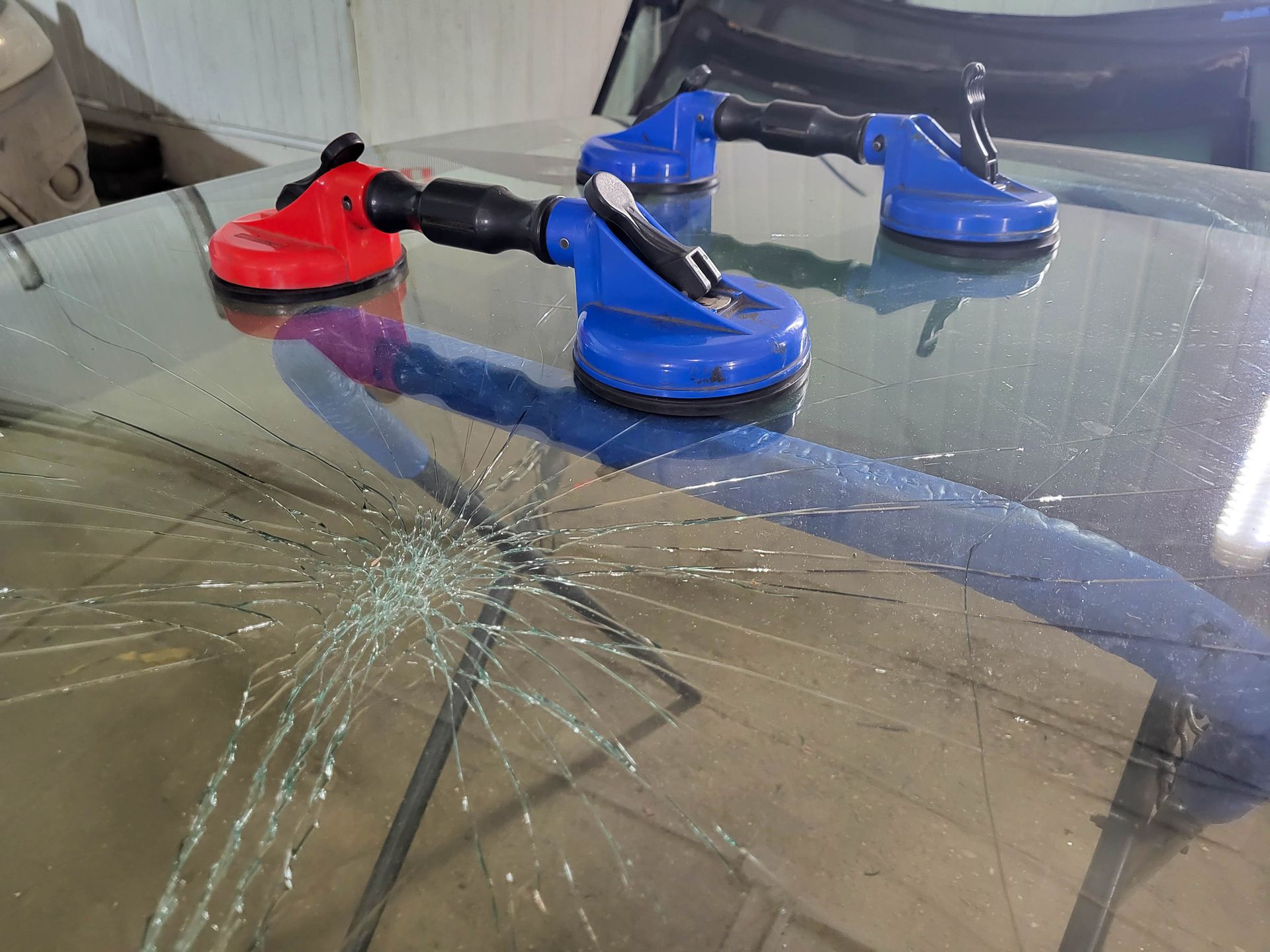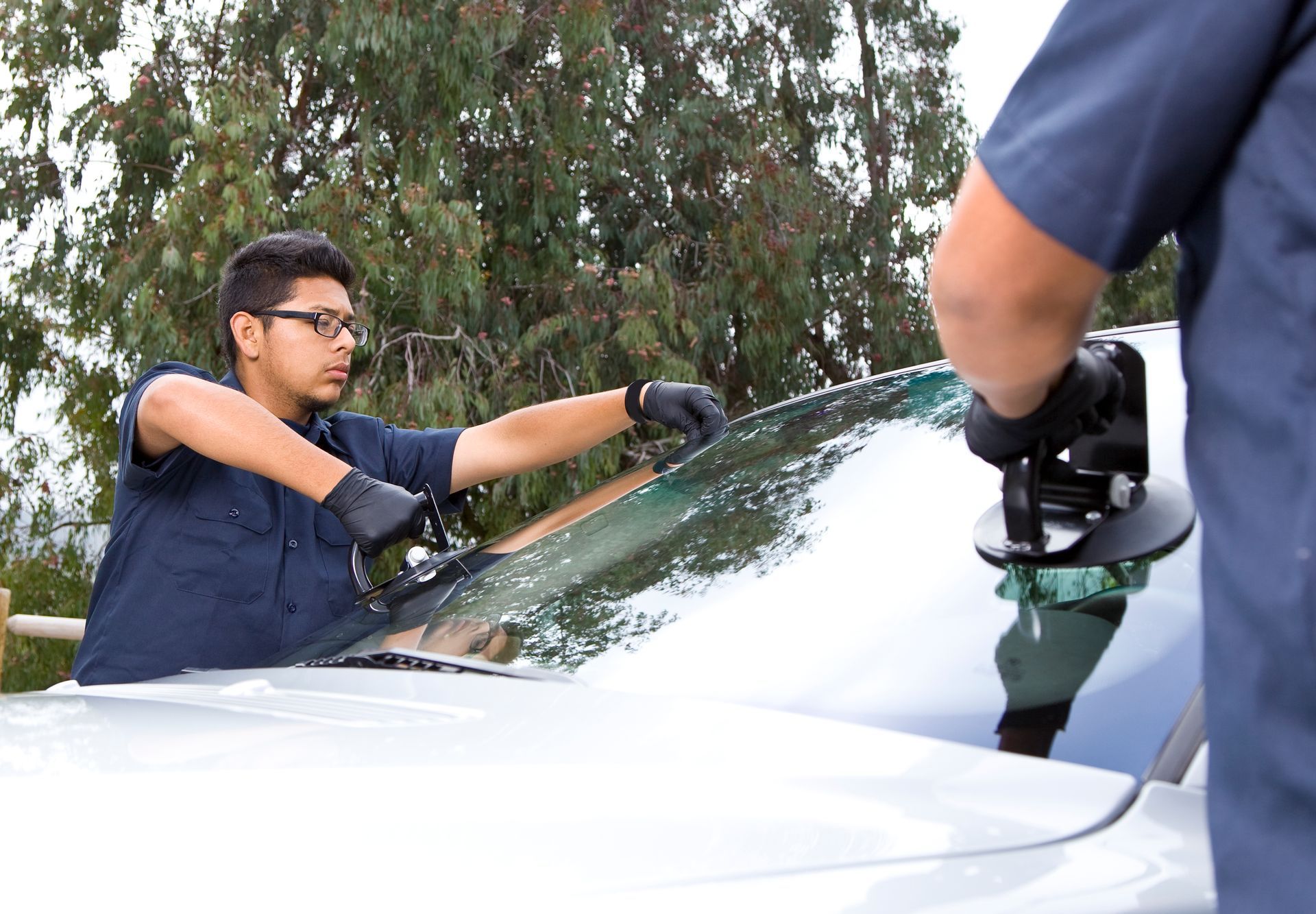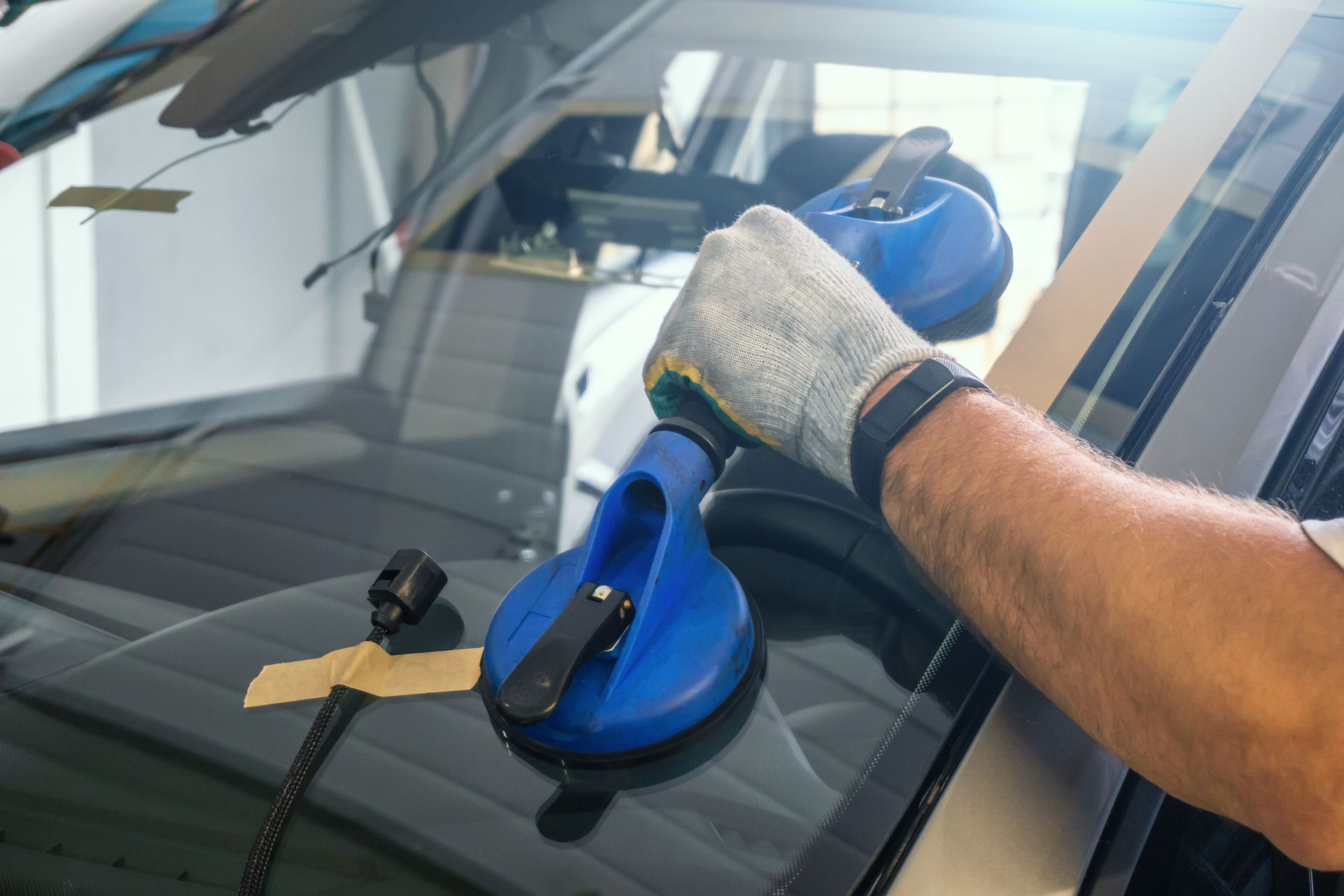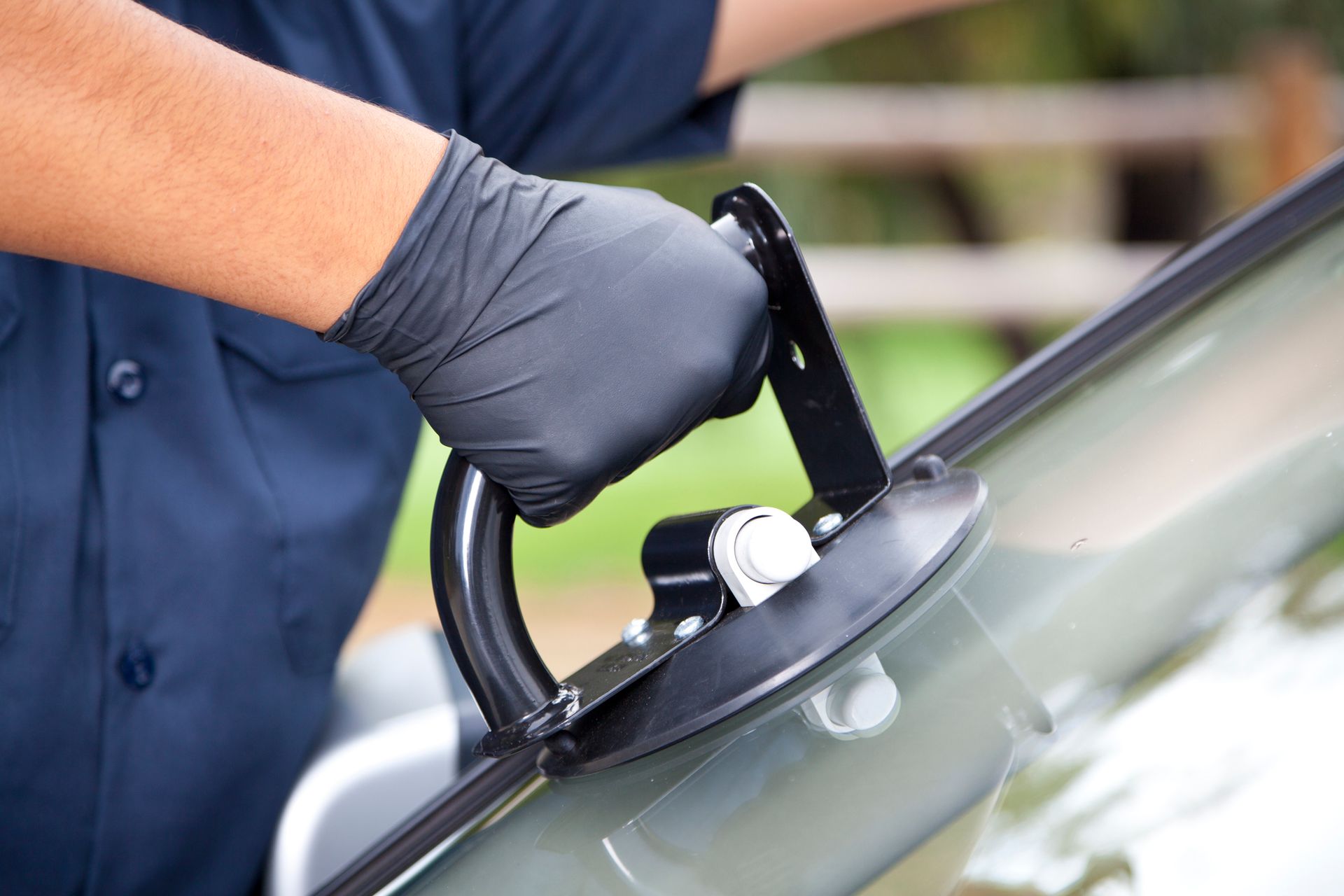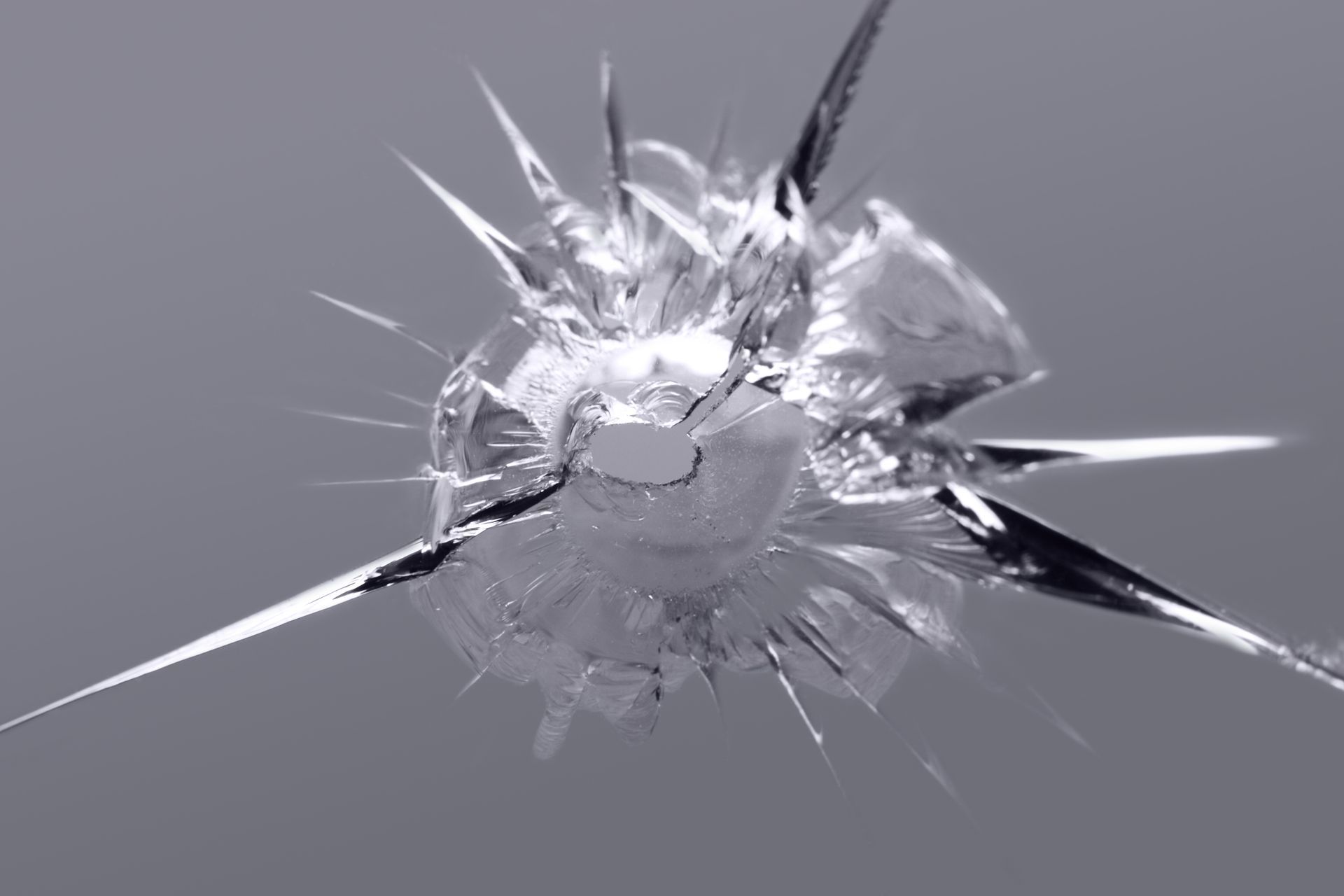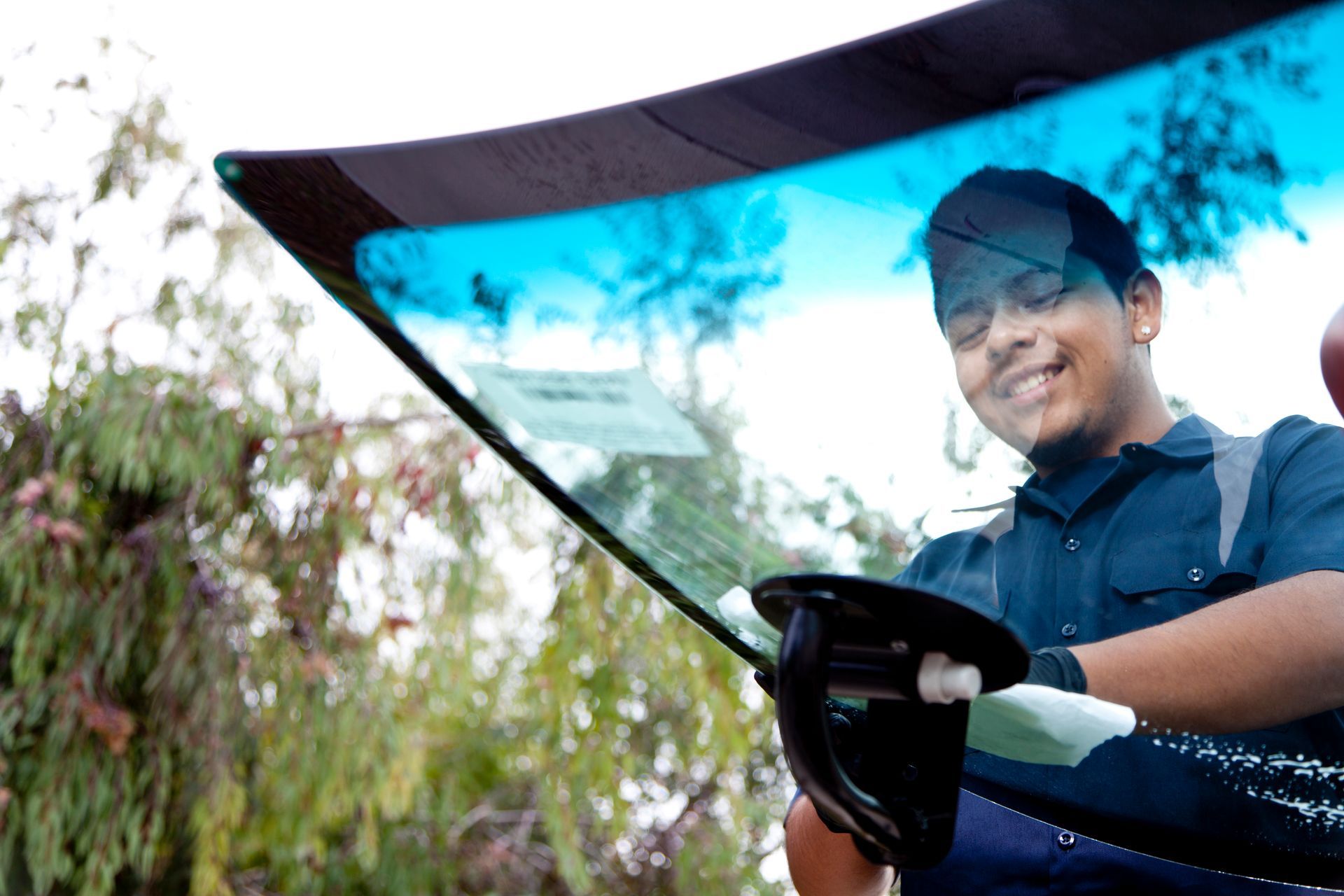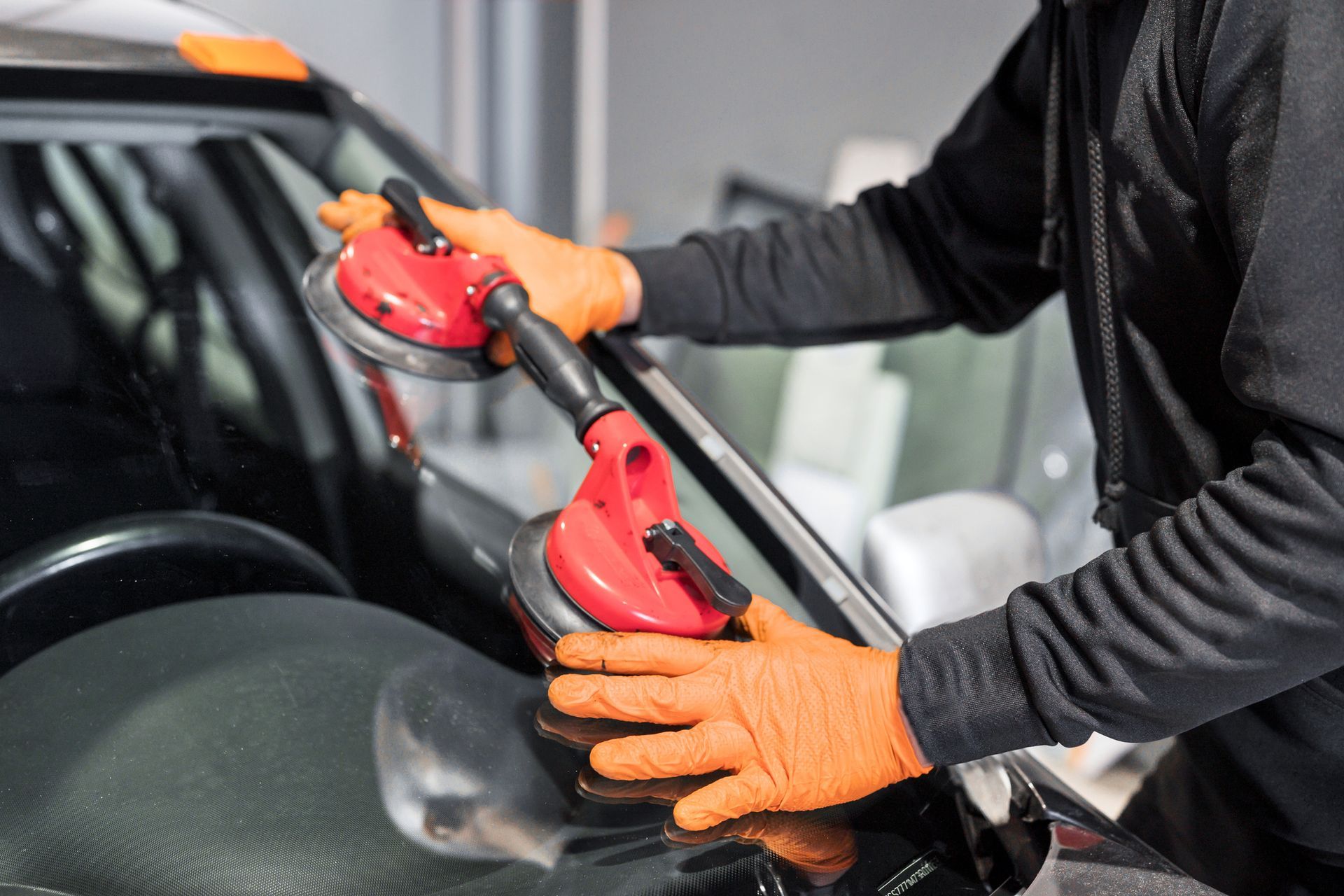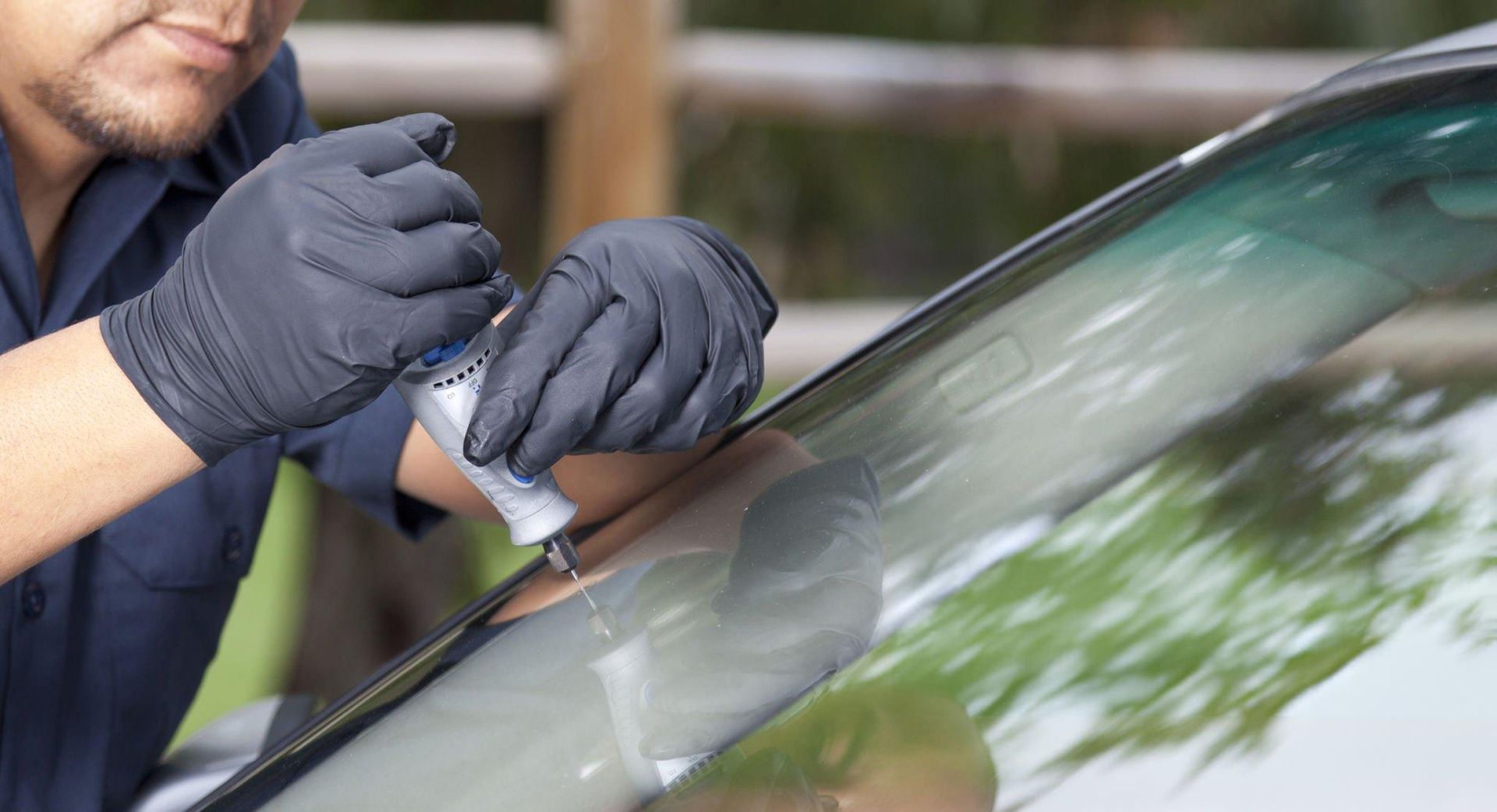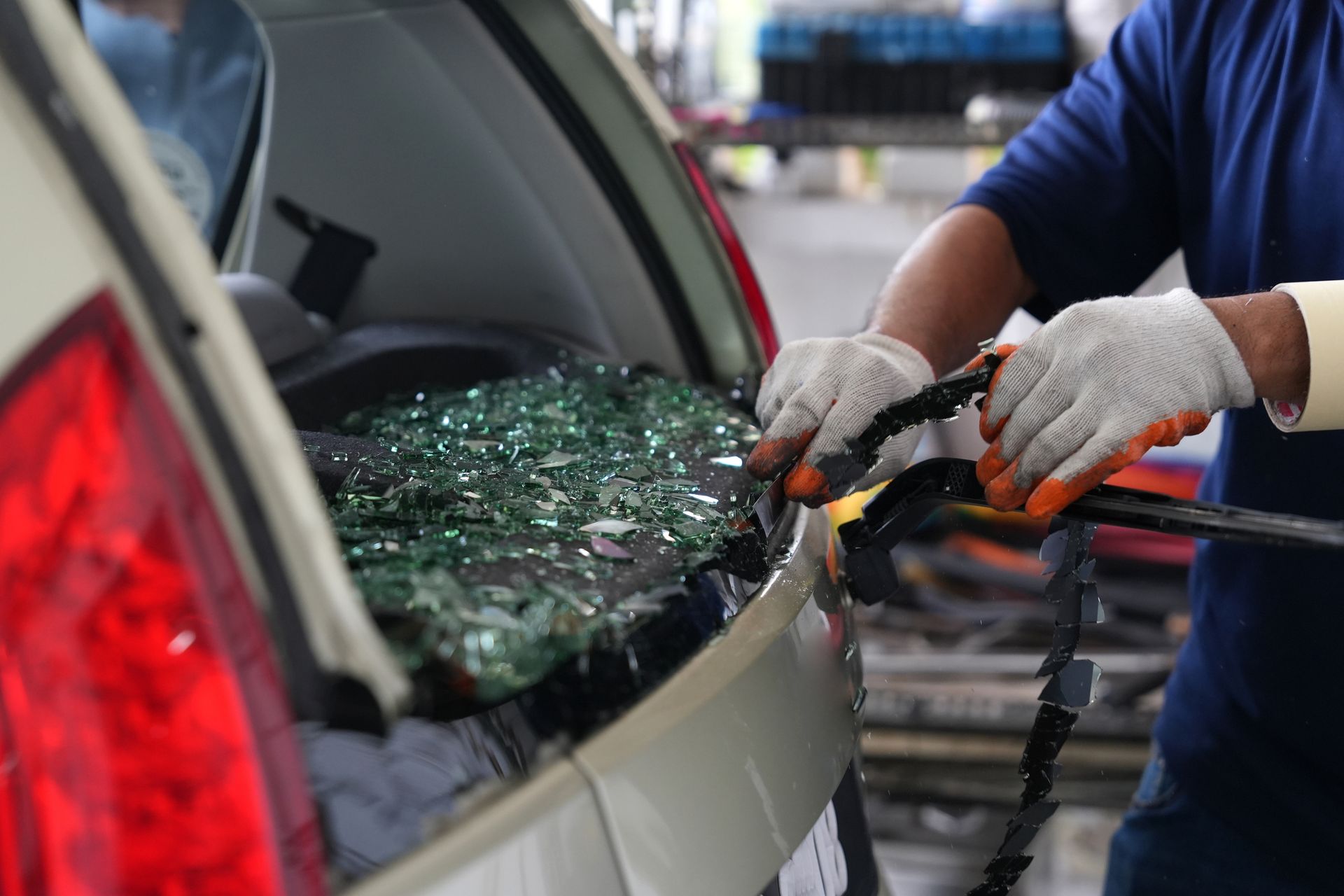5 Mistakes That Will Destroy Your Windshield This Winter
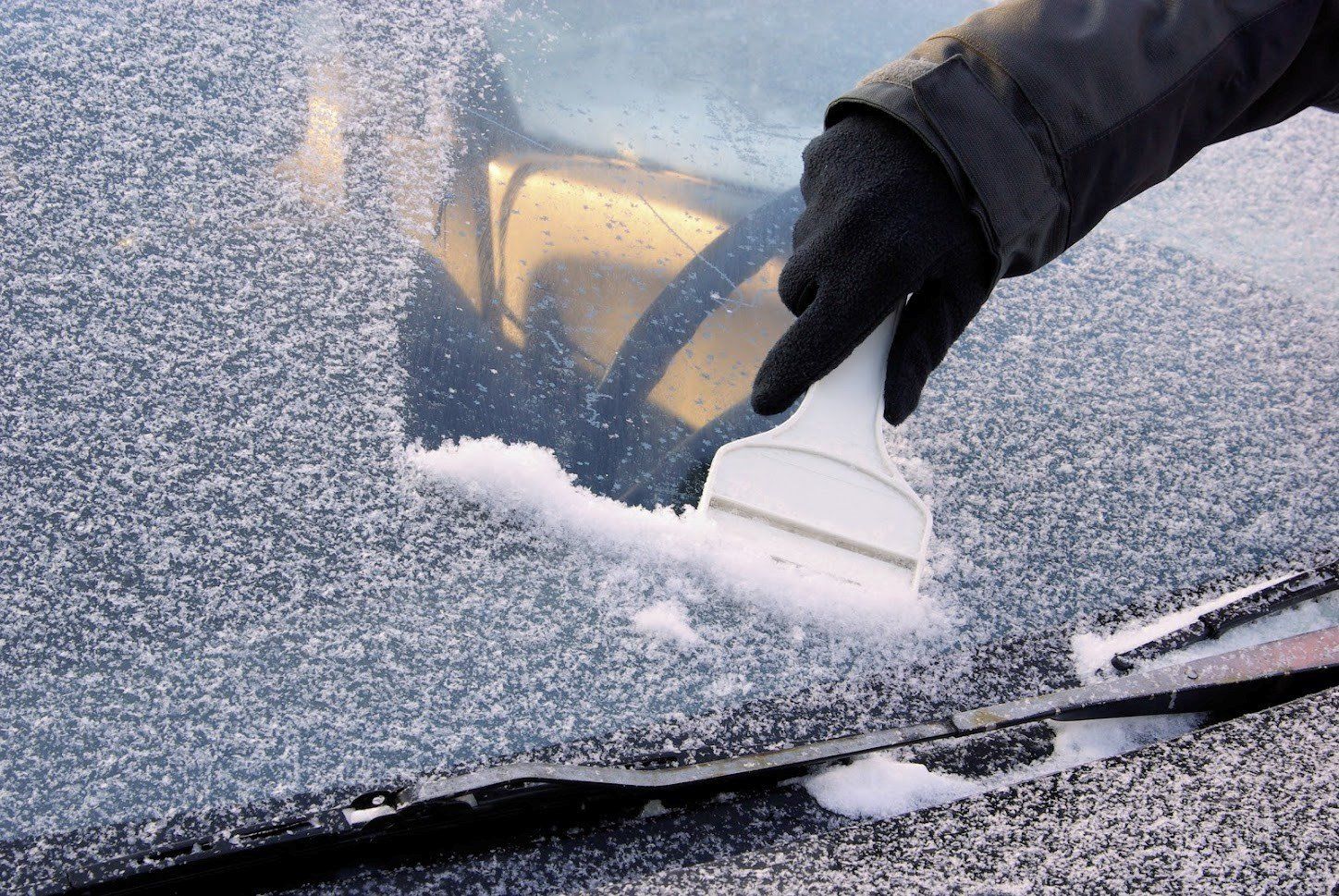
The changing of the seasons brings cold weather along with the threat of ice and snow. Knowing the common winter mistakes that damage car windshields can help you avoid problems.
1. Tool Selection
The innocuous ice scraper can actually cause windshield damage. If the blade is dull or chipped, it can scratch the surface of the glass. Over time, the scratches can lead to glares or trap dirt that makes the glass look hazy.
An ideal ice scraper has a smooth plastic blade. Avoid metal blades, as they can be overly sharp and cause scratches. Choose a scraper with a long enough handle so that you can easily reach all parts of the windshield while providing appropriate leverage for scraping.
Repair Options
If damage does occur due to a poor tool, prompt repair may be possible. A windshield repair service may be able to buff out light scratches on the topmost surface of the window. You can also apply resin sealers that work for some scratches. Extensive scratching will likely require a replacement windshield.
2. Wiper Condition
One of the worst things to do for your windshield is to use old wipers. The chipped-up blades will often catch small pieces of debris and drag them across the windshield, leading to a heavy etched haze.
Damage may be more severe in winter. Gritty ice crystals along with the grit from traction sand spread over icy roads can become trapped under damaged windshield wiper blades. Changing the blades often and using a winter-rated windshield wiper fluid to provide lubrication during wiper operation can prevent scratches.
Repair Options
Much like ice scraper damage, wiper hazing and etching are repairable if you catch the damage early before the gouges are too deep. Buffing and a resin sealer are the best options. Extensive hazing requires a new windshield.
3. Heat Usage
A rushed winter morning may call for desperate measures when defrosting the windshield, but you may come to regret them later. Hot water is an example of one of those regrettable actions, and cranking up the defroster to full heat is another. This may seem like a quick way to melt ice but is also a quick way to crack a windshield.
When the hot water or hot air hits the glass, the thermal pressure of hot against freezing cold can cause the glass to crack. The issue is even more likely to occur if small damages already are on the windshield, such as rock chips. Taking the time to slowly defrost the windshield and use ice scrapers properly is worth it, even if you are in a rush.
Repair Options
Repair is unlikely once a thermal pressure crack forms. If the crack is shorter than a couple of inches, shows no signs of growing, and isn't directly in the driver's line of sight, your repair technician may be able to fill it with a resin patch. Otherwise, replacement is the only option.
4. Existing Imperfections
Don’t ignore small cracks and rock chips on a windshield. Not only do they pose a safety hazard, but the longer you go without repairing them, the more likely that the damage will worsen.
Winter is often the worst season to ignore small damages. Moisture can get inside these small cracks and chips. When the temperature drops below freezing, the moisture freezes and expands. This expanding moisture can lead to longer cracks and large chip damages, which can completely compromise a windshield.
Repair Options
The best option is to take your car in the moment you notice windshield damage. Most small cracks and chips are repairable with a special resin filler that renders the damage almost invisible. However, repairing the windshield is often impossible once winter freezing causes the damage to grow, which leaves replacement as the only alternative.
5. Driving Habits
How you drive in winter can increase the chances of windshield damage. This is especially true if you live in a snowy area where sand and gravel goes on the roads to provide traction. Cars in front of you can kick up the sand and gravel, which can lead to rock chips or sandblasted hazing on the glass.
The most hazardous time is when the traction sand is heavy on the roads but the ice has melted and the pavement is drying out. When sand or gravel is on the road, increase your following distance behind other cars so you aren't in the kickback zone of their tires. Also, slow down, particularly on curves where gravel and sand are most easily kicked up.
Repair Options
Hazing from sand is repairable with the buffing and resin sealer technique if the problem is minor, or you might want to consider glass replacement if the damage is more severe. Rock chips are typically repairable if the chip is between 2 and 30 mm in diameter or if the crack is between 25 and 100 mm long.
Contact
MS Glass Outlet if you need more help with winter windshield care.

